Animism in the Japanese garden?
yojimbo
16 years ago
Related Stories

GROUND COVERSNative Alternatives to English Ivy, Japanese Pachysandra and Periwinkle
These shade-loving ground covers are good for the environment and say something about where you are
Full Story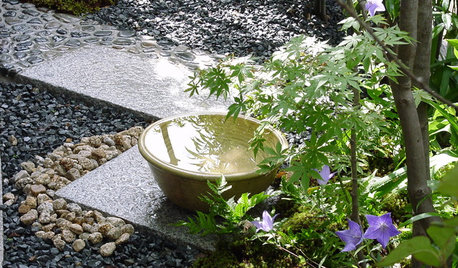
WORLD OF DESIGNA Beginner’s Guide to the Japanese Tea Garden
A small roji, or teahouse garden, offers a respite from everyday life. Why not make one part of your home garden?
Full Story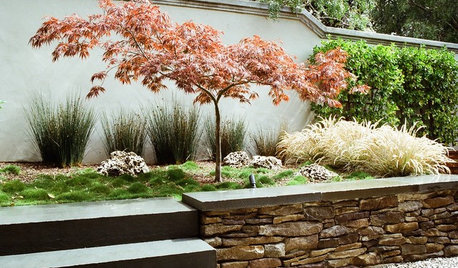
GARDENING AND LANDSCAPINGGreat Design Tree: Japanese Maple
Lacy form and fiery fall color make Japanese maple a welcome tree for garden or patio
Full Story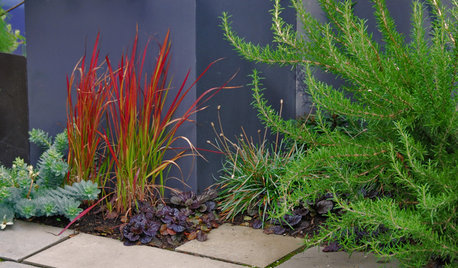
RED FOLIAGEGreat Design Plant: Japanese Blood Grass
This dramatic, ruby-tinged grass bridges the gap between red and green, short and tall plants
Full Story
GARDENING GUIDESAnimate Your Garden With the Colors of Matisse
Let the bold and bright palettes of this legendary colorist energize your plantings and bring a painterly touch to your garden
Full Story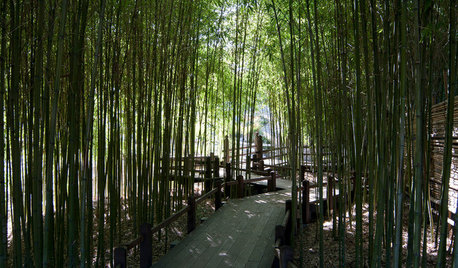
INSPIRING GARDENSStroll Through a Magnificent Japanese Garden, Newly Renovated
Get a glimpse of the Huntington's Japanese Garden today along with its storied past in a glossy new book
Full Story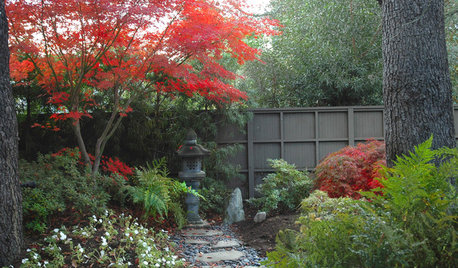
LANDSCAPE DESIGNLay of the Landscape: Create the Beauty of a Japanese Garden
Balance, enclosures and the forms of nature combine in serene Japanese garden design. Bring the look home with some of these principles
Full Story
PATIOSBackyard Ideas: Writer's Studio and a Japanese-Inspired Garden
A nearby Japanese garden inspires a feature-packed backyard and studio for a work-from-home Portland writer
Full Story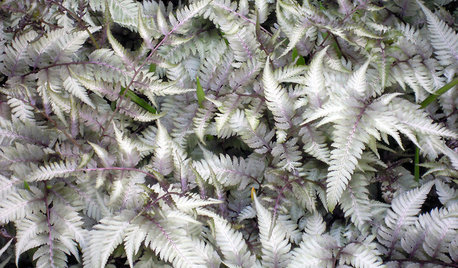
GARDENING GUIDESGreat Design Plant: Japanese Painted Fern Weaves a Garden Tapestry
Bring striking colors and texture to your woodland garden with Athyrium niponicum var. pictum
Full Story
GARDENING GUIDES12 Japanese Maples for a Sunny Garden
The right maple in the right place shines in hot summer sun
Full StorySponsored






inkognito
yojimboOriginal Author
Related Professionals
Panama City Landscape Architects & Landscape Designers · Harvey Landscape Architects & Landscape Designers · Manchester Landscape Contractors · Broadlands Landscape Contractors · Cudahy Landscape Contractors · Hawaii Landscape Contractors · Maywood Landscape Contractors · Middle River Landscape Contractors · Saint George Landscape Contractors · Saint Paul Landscape Contractors · Santa Maria Landscape Contractors · Stony Brook Landscape Contractors · Weslaco Landscape Contractors · Hockessin Decks, Patios & Outdoor Enclosures · Markham Decks, Patios & Outdoor Enclosureslaag
adoptedbygreyhounds
yojimboOriginal Author
yojimboOriginal Author
yama